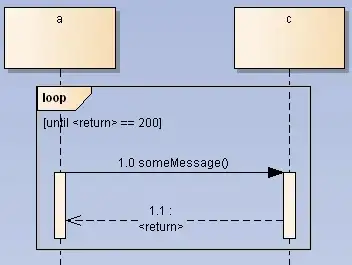I have seen colleges try to cover every single possible exception and error condition in every use case and sequence diagram. The result has always been late delivery, hours spent in review and in the end very little benefit to the project.
One way of thinking about it ala "Black Swan" by N. Taleb is that there are just too many possible disasters waiting to happen; the ant-virus software renders the machine unusable, the data centre could flood, admin forgot to pay the electricity bill, you company gets borked by a competitor etc. etc.
Another way to think about it is there are only thee exceptions.
- The service is unavailable.
- The service failed before your request could be processed.
- The service failed after your request was processed.
While cases 2 and 3 have very different outcomes its usually impossible to tell the difference without further manual investigation.
